Control System Components-machined with FSW process
Welding is one of the important connection technologies of light alloy materials, which has the functions of reducing weight, saving materials, and improving production efficiency. New high-strength aluminum alloys, magnesium alloys and other materials have a series of problems in the traditional fusion welding (TIC/MAC) method, such as the burning of alloy elements and the reduction of mechanical properties during the fusion welding process, the generation of weld defects and the damage of structural reliability., residual stress and deformation of joints, etc. Therefore, on the one hand, traditional fusion welding methods are developing towards advanced fusion welding methods such as high energy density plasma, electron beam and laser; on the other hand, new solid phase (non-melting) welding methods such as friction stir welding are used in light alloy welding It has been developed and applied rapidly.
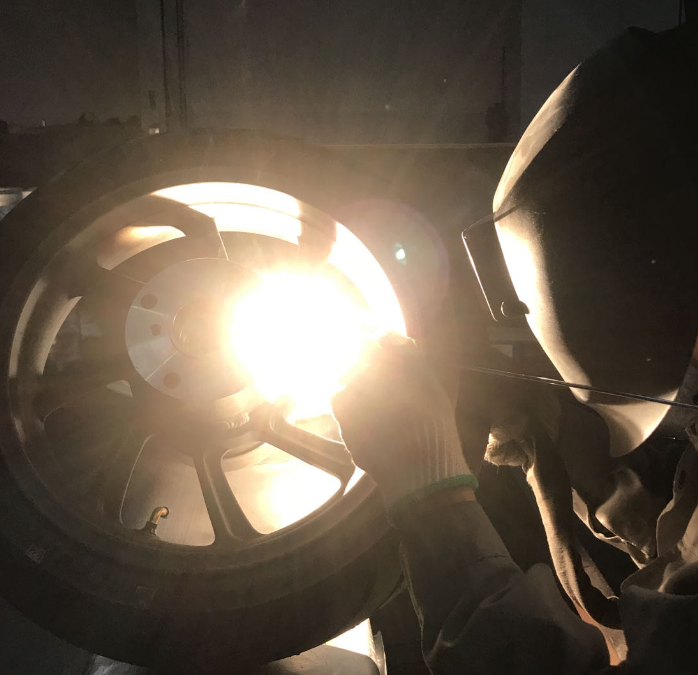
Picture 1 Arc welding
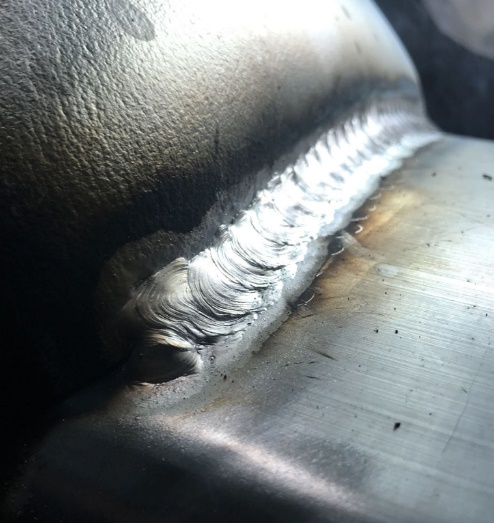
Picture 2 Arc welded hub
Friction Stir Welding (FSW) is an advanced solid-phase welding technology, through the high-speed rotation of the stirring head, friction generates heat, non-melting state, plasticization, and is stirred and mixed to achieve metallurgical fusion. The whole welding process is green and environmentally friendly, no welding materials are required, and the welding can be directly penetrated, and can reach 85% of the strength of the base metal.
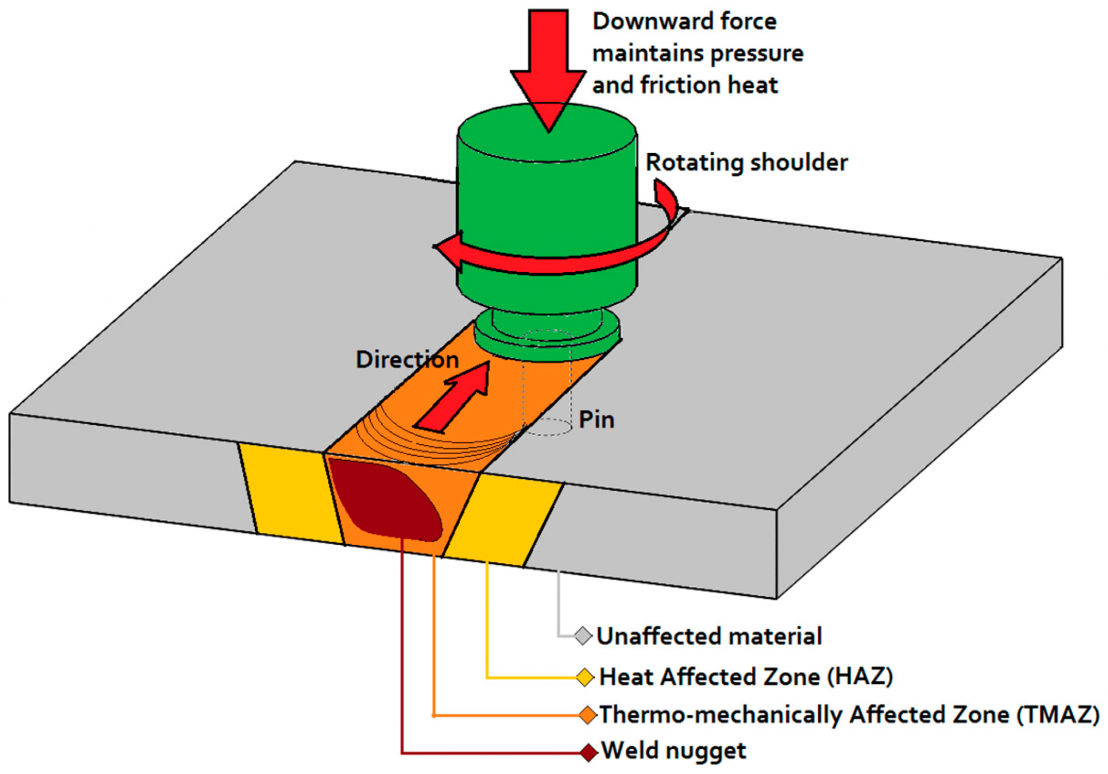
Picture 3 Principle of FSW
Due to the light weight and heat dissipation efficiency requirements of new energy vehicles are particularly prominent, components such as battery packs, electric drive housings, and electronic control systems often have relatively high heat dissipation requirements. Because excessive heat not only affects product efficiency, but also causes certain hidden dangers to driving safety.
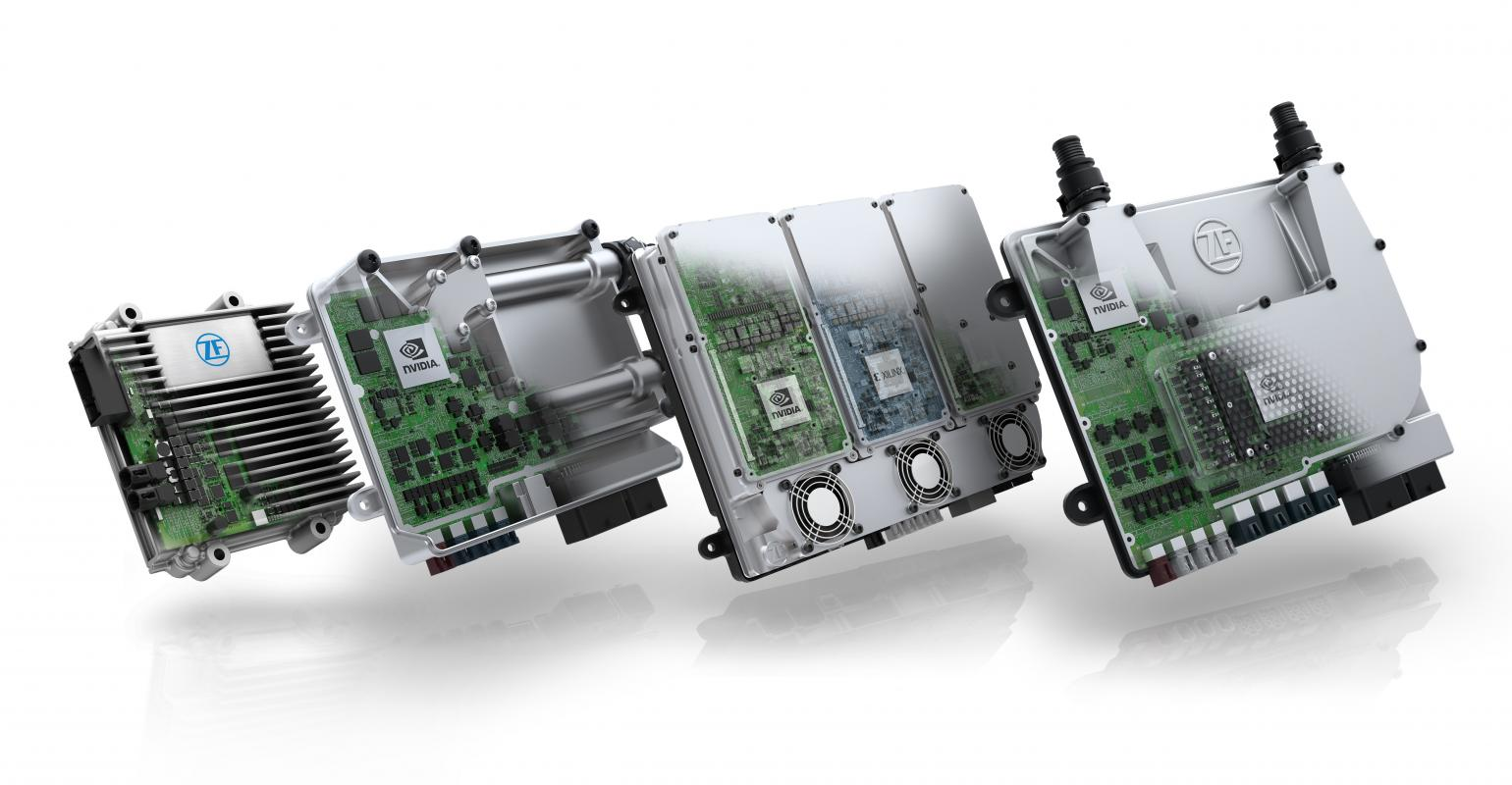
Picture 4 ZF’s ProAI domain controller
For motors and controllers, liquid cooling is more effective than air cooling to obtain the best cooling effect. The direction of coolant flow is very important. The flow direction of the coolant is generally to come out from the lower part of the cooling water tank, and then cool the motor controller first after passing through the water pump. After such a cycle, the cooling demand of the controller is guaranteed, so that the motor controller can obtain the cooling liquid with the lowest temperature in the whole system. Such a cooling system puts forward higher requirements for the structural design and manufacture of the product. The product often has some inner cavity structure because the FSW technology can better ensure the firmness of the product welding structure and can withstand higher cooling. Liquid pressure, so it can give full play to the heat dissipation performance and ensure the maximum efficiency of components.
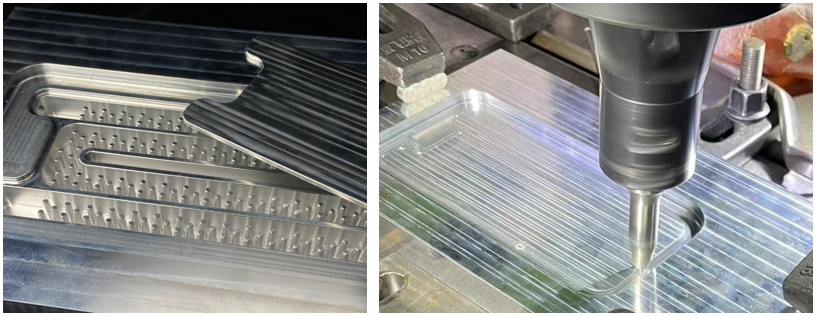
Picture 5 Internal structure and FSW preparation
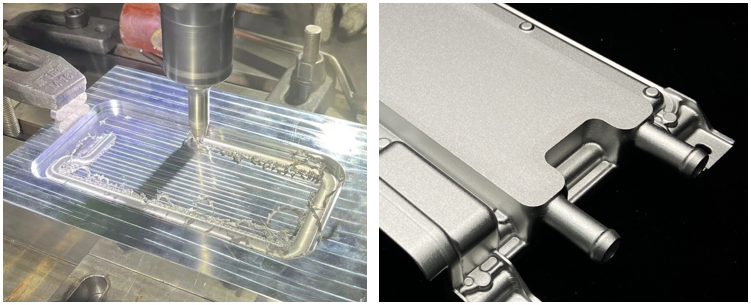
Picture 6 welding process & finished effect
